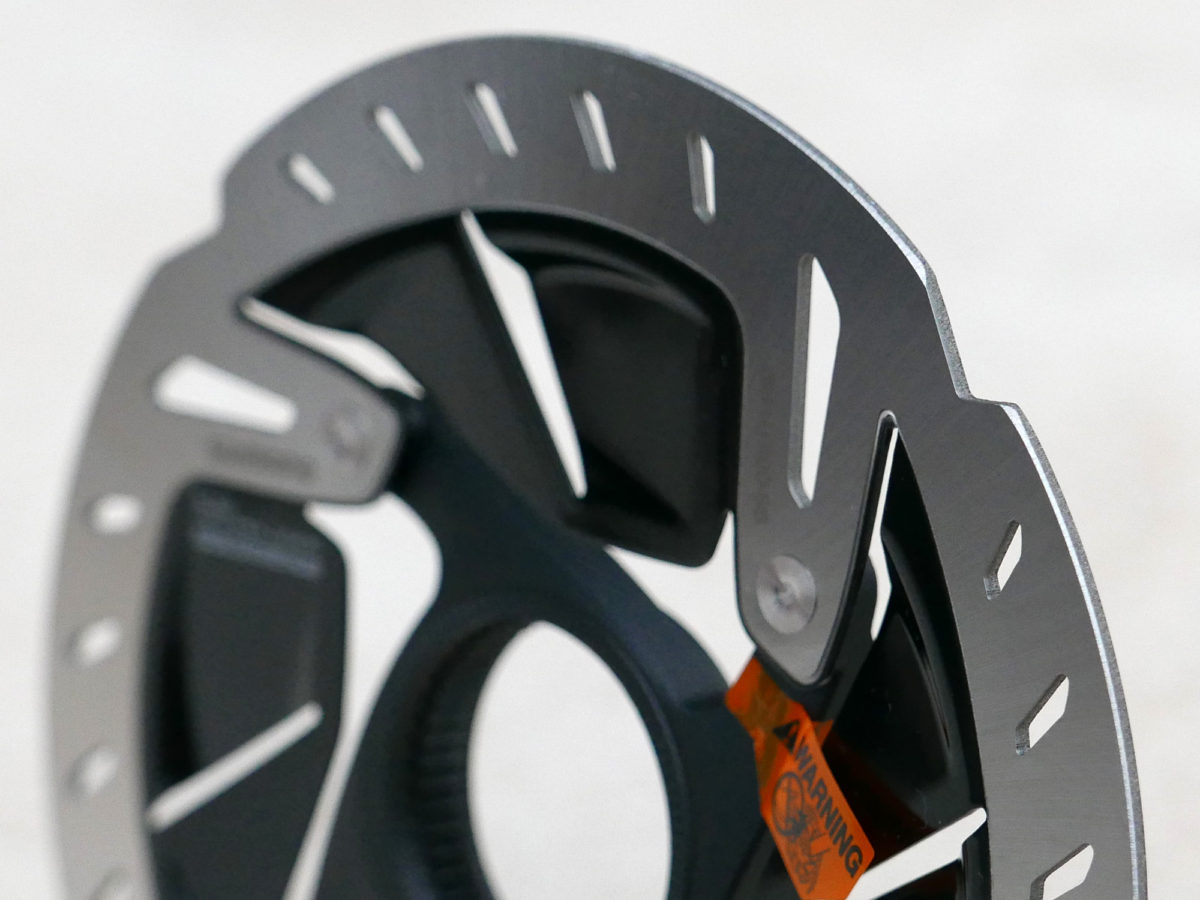To be honest we’ve probably all heard more than we care to of the saga of getting disc brakes into the professional road peloton. But while there were certainly some missteps along the way, the UCI has once again made clear that disc brake bikes will make their way back into the top level of the sport this 2017 season. The most recent concession to the safety concerns of having sharp spinning rotors in the bunch has been to round off the rotors themselves. Last year we saw a couple of different solutions to this (probably overblown) problem, and now we’ve had some feedback from Shimano about what they are doing to address concerns and how it will affect consumers….
After speaking with Shimano’s product development team, it seems that the UCI communique on disc brake rotors has been rather vague, leaving interpretation and the real world solution up to the manufacturers themselves. Officially the UCI is requiring that disc brake rotors to be used in the pro peloton are to have edges that are “not 90°“. There is nothing else specific about required rotor shape and no requirements for either a specific rounded or chamfered profile.
Shimano’s solution has been to chamfer the edge with a very small grind to the edge of the rotor to knock that 90° corner off, quite similar to what we saw from SRAM back in September. The result is a rather subtle difference from the standard Shimano rotor. It is certainly easiest to see if light catches the small <1mm wide chamfered edge of the rotor, as seen above.
When looking down at the top of the rotor the shape is not quite as obvious, but can still be seen if you look carefully. The rotor on the left above is the new RT900 rotor of the new R9100 series Dura-Ace with the “not 90°” edges, while the rotor on the right is a current XTR level RT99 that has not had its edges ground down (and is the one we’ve seen on most pro bikes until now).
Shimano tells us that all of the new RT900 rotors that accompany the new Dura-Ace R9100 series groupsets in both mechanical and Di2 electronic shifting varieties will have their edges chamfered as above to meet the requirements of the UCI. There are no plans currently to do the same thing to any of their other rotors, even though all of the teams that have been testing disc brakes on the road have been using the previous rotor design carried over from the mountain bike. But with that said it seems that it won’t be too difficult for the team mechanics to quickly file of a bit of the 90° edge to satisfy the UCI requirement.




